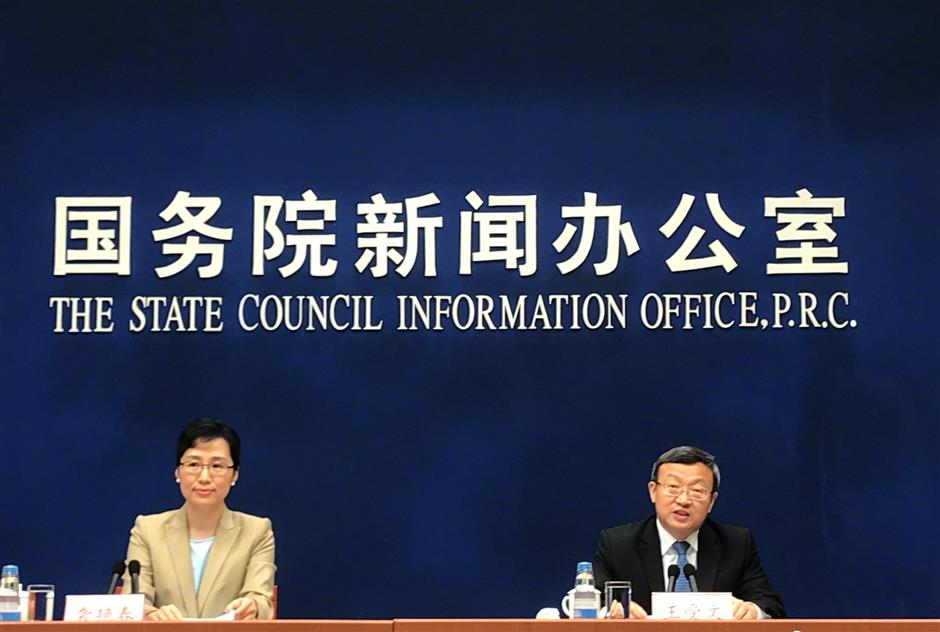China fulfills WTO accession commitments on IPR protection: white paper

China has fulfilled its commitments on intellectual property rights protection, says a white paper titled "China and the World Trade Organization" released by the State Council Information Office on Thursday.
Strengthening IPR protection is the centerpiece for improving the property rights protection system, and it would provide the biggest boost to the competitiveness of the Chinese economy. It not only serves China's own development needs, but also helps cultivate a business environment that is law-based, internationalized and business-friendly, says the white paper.
China encourages technological exchanges and cooperation between Chinese and foreign enterprises, and protects the lawful IPR owned by foreign enterprises in China. "At the same time, we hope foreign governments will also improve protection of Chinese IPR," it says.
Since acceding to the WTO, China has formulated and improved its laws and regulations on IPR protection, set up IPR working mechanisms with many countries, drawn upon advanced international legislative practices, and built an IPR legal system that conforms to WTO rules and suits national conditions of China.
The country has been continuously strengthening law enforcement on IPR protection. It has enhanced the dominant role of the judiciary in IPR protection to significantly raise the cost for offenders and fully unlock the deterrent effect of relevant laws. The State Intellectual Property Office has been restructured to strengthen law enforcement.
China has set up three IPR courts in Beijing, Shanghai and Guangzhou, and special judicial organs at 15 intermediate courts in Nanjing, Suzhou, Wuhan, Xi'an and other cities to handle cross-regional IPR cases, including those related to patents, according to the white paper.
The country strengthened administrative law enforcement on intellectual property protection and launched special campaigns targeting outstanding problems, which effectively protected intellectual property rights.
Thanks to these efforts, notable results have been made. Since 2001, intellectual property royalties paid by China to foreign right holders has registered an annual growth of 17 percent, reaching US$28.6 billion in 2017.
Last year, China received 1.382 million invention patent applications, ranking the first in the world for the seventh consecutive year. Nearly 10 percent of the applicants were foreign entities and individuals.
Invention patent applications filed by foreign entities and individuals in China reached 136,000, growing by threefold compared with 33,000 in 2001.
According to the World Intellectual Property Organization, 51,000 patent applications filed from China through the Patent Cooperation Treaty were accepted in 2017, second only to the United States.















